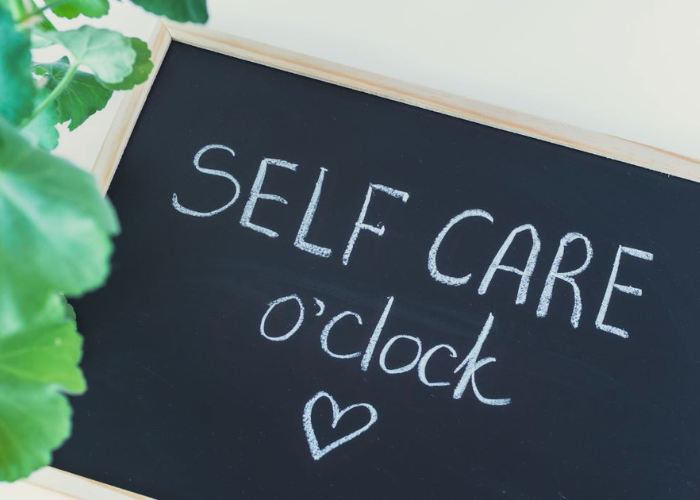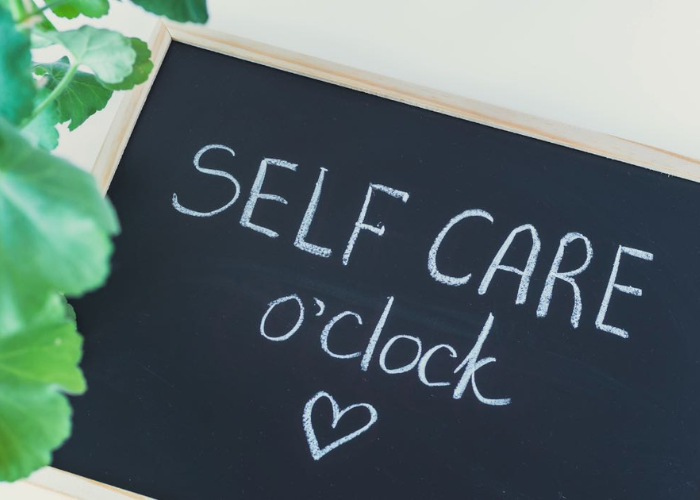Traveling is an exciting experience that can be both fun and educational. It can open our eyes to the world in ways that we never thought possible. While traveling can be a great way to see the world and learn new things, it is also important to take safety precautions and be prepared for anything that may happen. Knowing what to do before you go, how to protect your valuables, and how to stay connected safely are all important steps to ensure that your trip will be as safe and enjoyable as possible.
Preparing for Your Trip
Before embarking on your trip, it’s important to make sure you have everything you need. Make sure to research your destination and plan ahead in order to get the most out of your trip. You should research the local customs and laws of the area, as well as the climate, currency, and language. It’s also important to make sure you have a valid passport, travel visa, and other necessary documents. If you’re traveling abroad, make sure to have a valid international driver’s license and proof of insurance.
Researching Local Customs and Laws
Before traveling, it’s important to research the local customs and laws of the area. It’s important to know the local regulations, such as the legal drinking age and any restrictions on certain activities. It’s also important to be aware of the local culture and etiquette so that you can avoid any potential misunderstandings or confrontations.
Staying Connected Safely
When traveling, it’s important to stay connected with friends and family back home. However, you need to be aware of the potential risks of using public Wi-Fi. Make sure to use a secure, protected network and avoid sending any sensitive information over an unsecured connection. It’s also a good idea to keep your devices updated with the latest security patches and use a reliable antivirus software.
Planning Ahead When Possible
When traveling, it’s important to plan ahead and be prepared for anything that may happen. Research the area you’ll be visiting, as well as the best places to stay and eat. Make sure to book your accommodations and transportation ahead of time so that you’re not stuck in an unfamiliar place without a plan. It’s also a good idea to make a list of things you want to do or places you want to visit while you’re there.
Keeping Your Body Safe
When traveling, it’s important to take care of your body. Make sure to get enough rest and stay hydrated. If you’re going to be in a hot climate, make sure to wear sunscreen and a hat to protect yourself from the sun. If you’re going to be in a cold climate, make sure to dress in layers and pack extra blankets and clothes in case you get cold.
Protecting Your Valuables
When traveling, it’s important to protect your valuables. Make sure to keep all your important documents, such as your passport and credit cards, in a safe place. It’s also a good idea to make copies of all your important documents and keep them in a separate location. Additionally, make sure to keep your valuables close to you at all times and be aware of your surroundings.
Making Wise Decisions
When traveling, it’s important to make wise decisions. Make sure to be aware of your surroundings and avoid putting yourself in risky situations. Don’t accept rides from strangers and don’t leave your drinks unattended. Additionally, be aware of your alcohol consumption and don’t engage in any activities that could put you in danger.
Taking Safety Precautions
When traveling, it’s important to take safety precautions. Make sure to be aware of your surroundings and stay in well-lit areas at night. Additionally, it’s a good idea to carry a whistle or personal alarm and wear a money belt or other secure pouch for your valuables. Additionally, make sure to keep your phone charged and with you at all times in case of an emergency.
Conclusion
Traveling can be a great way to explore the world and learn something new. However, it’s important to take safety precautions and be prepared for anything that may happen. Before you go, make sure to research the local customs and laws, stay connected safely, and plan ahead when possible. Additionally, make sure to keep your body safe, protect your valuables, and make wise decisions. By following these tips, you can ensure that your trip will be safe and enjoyable.
















